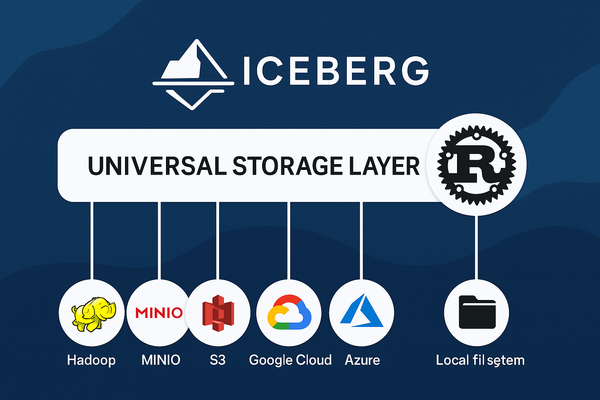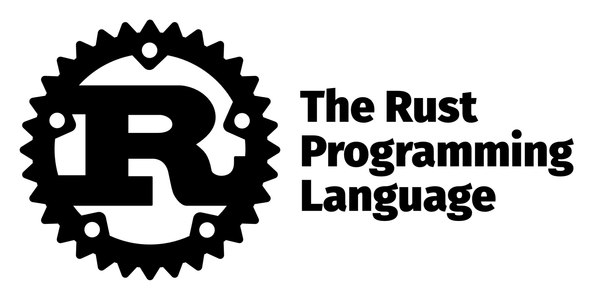Is Apache Ray the Ideal Framework for Distributed LLM Training and Inference?

The rapid advancement of large language models (LLMs) has transformed the landscape of artificial intelligence. As these models grow in size and complexity, efficient distributed training and inference have become critical challenges. Apache Ray, a popular distributed computing framework, has gained attention for its flexibility and ease of use. However, given its origins and architectural decisions influenced by reinforcement learning (RL) requirements, is Ray the ideal choice for LLM workloads?
Let's examine some speculative considerations and open a conversation about Ray's suitability for distributed LLM training and inference.
The Origins of Ray's Design
Apache Ray was conceived to address the complexities of distributed computing, particularly for emerging AI applications like reinforcement learning. RL applications often involve:
- Massive parallelism: Millions of quick environment interactions to explore state/action spaces.
- Real-time simulations: Performing simulations faster than real-time to train and deploy agents.
- Feedback loops: Tight integration of models within feedback loops, reacting to sensory data and affecting the environment.
These requirements influenced Ray's architecture to prioritize:
- Low-latency task scheduling: Handling a vast number of small tasks efficiently.
- Asynchronous execution: Supporting non-blocking operations essential for RL algorithms.
- Flexible programming model: Allowing developers to easily express complex RL workloads.
LLM Workloads: A Different Beast?
LLM training and inference present a different set of challenges compared to RL:
- High computational load per task: LLM training involves processing large batches with significant computational requirements.
- Communication overhead: Synchronizing model weights across nodes can be bandwidth-intensive.
- Deterministic execution patterns: Unlike the stochastic nature of RL simulations, LLM training often follows more predictable patterns.
Given these differences, some questions arise:
1. Architectural Alignment
- Is Ray's task scheduling optimized for the heavy computational loads of LLMs?
- Does the asynchronous, low-latency focus of Ray provide tangible benefits for LLM training, or does it introduce unnecessary complexity?
2. Communication Efficiency
- How does Ray handle the communication overhead inherent in synchronizing large models across distributed nodes?
- Are there bottlenecks in Ray's architecture when dealing with the massive data transfers required for LLMs?
3. Resource Management
- Can Ray efficiently utilize GPUs and other accelerators critical for LLM workloads?
- Does it provide the necessary tools to manage memory and compute resources effectively at scale?
The Need for Specialized Solutions?
Given the unique demands of LLMs, some might argue for frameworks optimized explicitly for these workloads. This leads to broader considerations:
- Should we continue investing in general-purpose distributed computing frameworks, or is there value in specialized tools tailored to LLMs?
- Does focusing on the end-to-end lifecycle of LLMs offer strategic advantages, given the current AI landscape?
Opening the Conversation
It's crucial to assess whether the architectural decisions made with RL in mind align with the needs of LLM training and inference. Here are some points to consider and discuss:
Performance Benchmarks: Are there empirical studies comparing Ray's performance on LLM workloads with that of other frameworks?
- Community Experiences: What have practitioners observed when using Ray for LLMs? Success stories? Challenges?
- Alternatives and Innovations: Are there emerging frameworks or tools that better address the specific needs of LLMs?
Join the Discussion
I'm new to the world of LLM training and inference; the goal is not to judge but to learn more from the Community and reflect upon exploring the right tools for the right job. Would love to hear from the Community, and please share insights, experiences, and thoughts on this topic:
- Have you used Apache Ray for LLM training or inference? What was your experience?
- Do you see architectural mismatches between Ray's design and LLM requirements?
- What features or architectural changes would make Ray more suitable for LLM workloads?
Feel free to leave your comments below. Your insights are invaluable!




